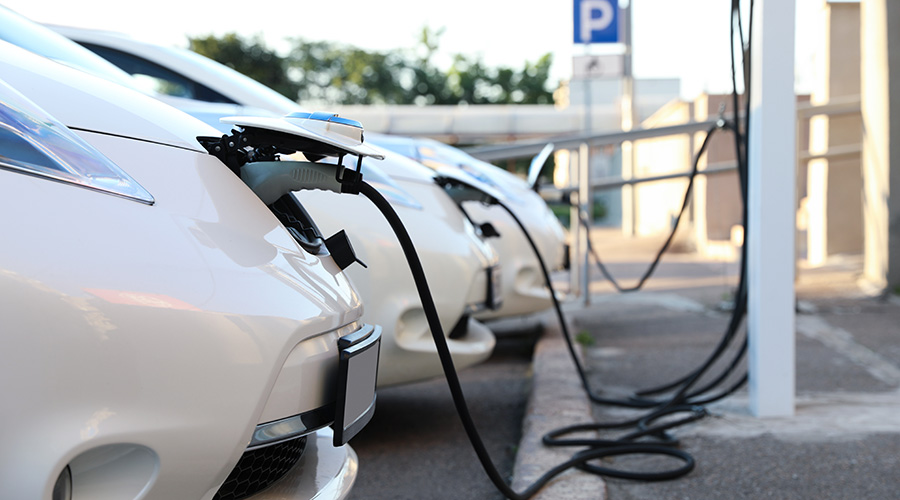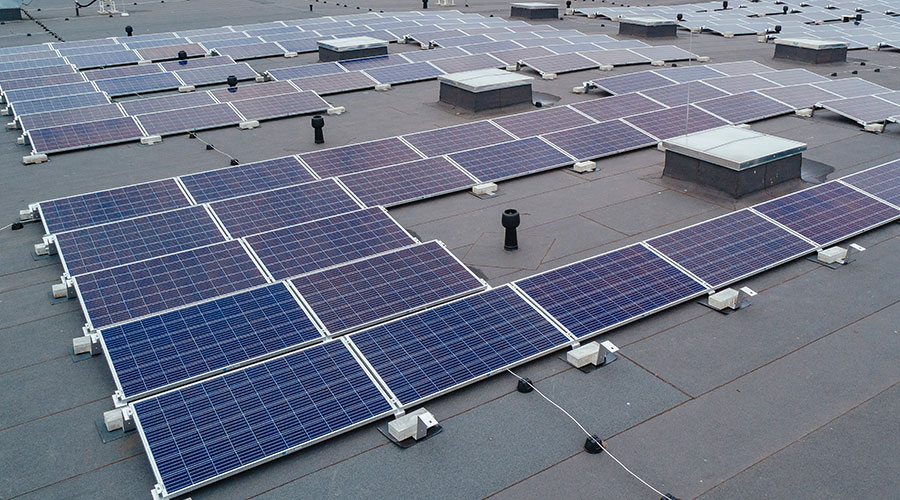Practical Applications for Energy Harvesting
In facilities, this technology has huge implications. Imagine using conventional wired technology when installing lighting sensors and controllers in every fixture of a large building. In addition to the cost of the devices and the wiring, managers would need to consider the labor to run the wiring to the fixtures, as well as possible repairs to ceilings and walls.
But by installing wireless and energy-harvesting technologies, managers can greatly reduce, if not entirely eliminate, the cost of buying and installing wiring while also improving the overall control of the lighting system.
In mechanical systems, managers can deploy wireless sensors throughout a building to report space conditions, equipment failures, run times, and system operating status, all at reduced capital costs when compared with conventional technologies. Coupling this technology with energy-harvesting technologies further reduces ongoing maintenance costs.
The simplicity of the installation also means technicians can install more sensors with greater ease in locations that previously had been difficult or impossible to reach. In short, tapping into the technology can give managers better access to more operational data.
At a time when organizations increasingly have to monitor and report their environmental performance, it is essential to obtain reliable data. Energy-harvesting technologies offer a more practical, cost-effective way to fine-tune measurement and monitoring capabilities. They also provide more and better opportunities to understand the way specific systems operate, the way building systems and components use energy, and the way to improve our overall building performance, as well as occupant comfort and satisfaction.
Laurie Gilmer, P.E., CFM, SFP, LEED AP, is an associate with Facilities Engineering Associates and leads the firm's building energy management and sustainability services. She is a published author and most recently co-author the International Facility Management Association's (IFMA) second manual in the Sustainability How-To-Guide Series, EPA's Energy Star Portfolio Manager.
Agree? Disagree? Have something to say?
We want to hear from you. Visit myfacilitiesnet.com/LaurieGilmer, and start a Conversation.
Related Topics:













